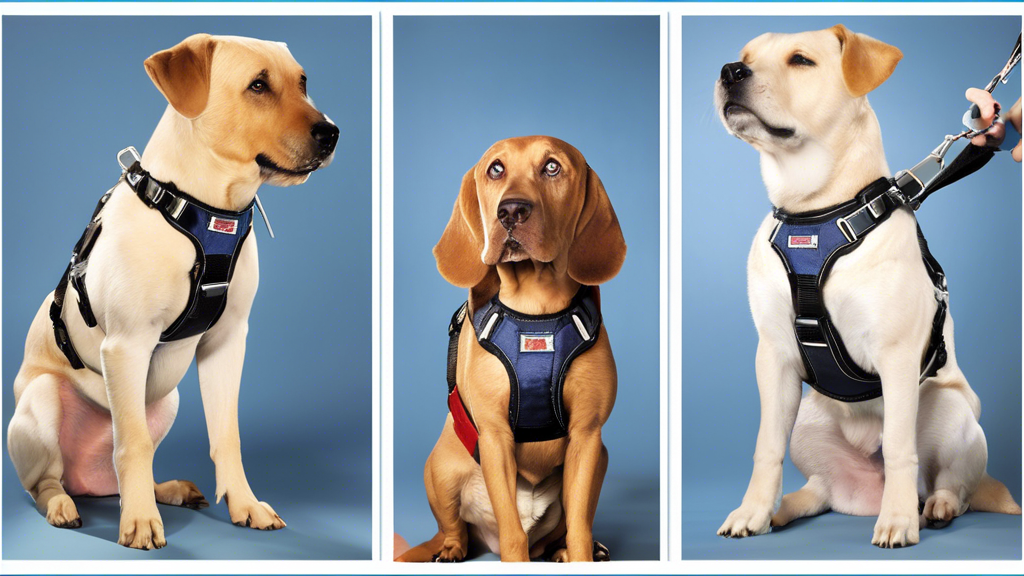When it comes to walking your dog, having the right equipment is essential. A no-pull harness can be a great tool to help train your pup to walk politely on a leash without pulling. However, with so many options available on the market, it can be overwhelming to choose the right one for your furry friend. Here are some factors to consider when selecting a no-pull harness for your dog:
1. Size and Fit
One of the most important factors to consider when choosing a no-pull harness is the size and fit. A harness that is too tight can chafe your dog’s skin, while one that is too loose may not be effective in preventing pulling. Make sure to measure your dog’s chest girth and neck size to find the right fit. Additionally, look for harnesses with adjustable straps to ensure a snug and comfortable fit.
2. Type of Harness
There are various types of no-pull harnesses available, including front-clip, back-clip, and head halter harnesses. Front-clip harnesses are designed to discourage pulling by redirecting your dog’s attention back to you. Back-clip harnesses are suitable for well-trained dogs who just need gentle guidance. Head halter harnesses are ideal for dogs who tend to lunge or have a strong prey drive. Consider your dog’s behavior and walking style when choosing the type of harness.
3. Comfort and Material
It’s essential to select a harness that is comfortable for your dog to wear, especially during long walks. Look for harnesses made from soft, breathable materials that won’t cause irritation or chafing. Padding on the straps can also help prevent rubbing and provide extra comfort for your furry companion.
4. Durability and Safety
Choose a harness that is durable and built to last, especially if you have a strong or active dog. The harness should be able to withstand your dog’s movements without fraying or breaking. Additionally, opt for harnesses with reflective strips or bright colors for added visibility during nighttime walks, enhancing the safety of you and your dog.
5. Training and Transition
Introducing a no-pull harness to your dog requires patience and positive reinforcement. Allow your dog to get accustomed to wearing the harness by gradually increasing the time they spend wearing it. Use treats and praise to reward good behavior and make the training process fun and rewarding for your furry friend.
Ultimately, choosing the right no-pull harness for your dog involves considering their size, behavior, and comfort. By selecting a well-fitting and suitable harness, you can help prevent pulling and make walking your dog an enjoyable experience for both of you.

